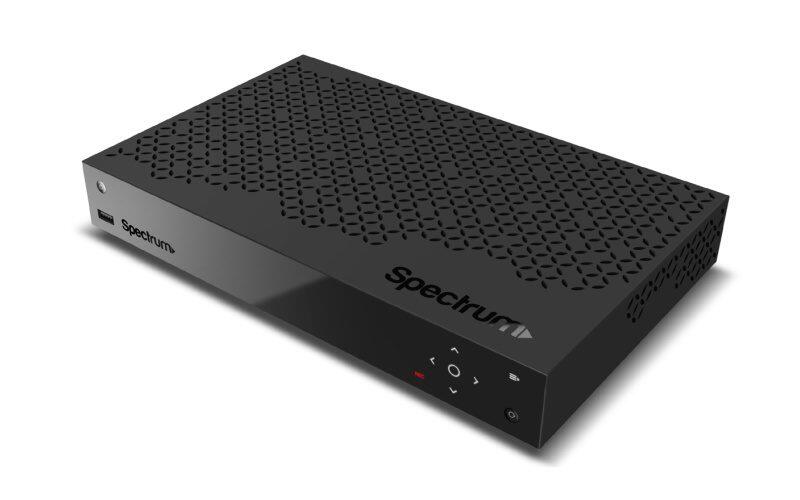Charter Pulled Off the Highly Unlikely in 2020: It Added 56K Pay TV Users
Charter CEO Tom Rutledge chocks it all up to users taking video amid record pandemic broadband bender

Charter Communications reported a narrow loss of 35,000 pay TV users in the fourth quarter and ended 2020 in the entirely outlying position of adding 56,000 video customers for the year.
U.S. cable operators collectively lost around 500,000 linear pay TV subscribers in 2020. And factoring in the fast-declining satellite TV business, all linear operators will have seen more than 1 million users cut the cord for the year.
But Charter somehow ended up in the black in a pandemic year in which it added more than 2.1 million residential internet users, 216,000 of them in the fourth quarter.
Also Read: Broadband Gains are Light But Charter Improves Video Losses
Speaking to media and telecom investment analysts during Charter’s Q4/full-2020 earnings call Friday morning, Chairman and CEO Tom Rutledge seemed to once again concede that the video performance was an anomaly, caused by “outsized growth in connectivity.”
The video customer growth, he said, was caused by having broadband "market share shift to us from other providers.” As Charter connected these customers to its DOCSIS 3.1-powered high-speed internet, he explained, these consumers also took old-fashioned, bundled video.
In Los Angeles, customers who sign on for 200 Mbps-speed broadband through Charter can also get more than 125 pay TV networks in a package value-priced at $90 a month on a one-year promotion.
The smarter way to stay on top of the streaming and OTT industry. Sign up below.
The growth “goes against the macro trend of the industry,” Rutledge conceded. “And that macro trend hasn’t gone away.”
Certainly, the trend didn’t abate for Comcast in Q4, with the No. 1 U.S. cable operator losing another 227,000 pay TV customers … a factor that seems to make Charter’s video growth all the more confounding.
Also Read: Broadband Drives Q4 Again For Comcast Cable
Comcast’s X1 video platform is still the state-of-the art in terms of traditional linear pay TV products. And the operator has evolved its video portfolio to include its own OTT device ecosystem, Xfinity Flex, which combines parts of the X1 experience, including voice control, with access to a wide variety of popular streaming apps.
As for Charter’s Spectrum-branded TV services, its long-deployed Spectrum Guide video OS is designed to utilize older set-tops. Rutledge said Wednesday that “multiple millions” of Spectrum TV customers have the newer “World Box” CPE platform. But it’s hard to tell what percentage of Charter’s 16.2 million pay TV homes have the newer equipment.
Charter’s Spectrum TV product does include the Stream app, which is designed to let users stream Netflix and other major OTT apps from pretty much any device they want to use. But a dispute with Roku has kept that app from being downloadable on the No. 1 connected TV device platform since December.
Rutledge said Charter “has the ability” to add a thin-client OTT device platform, similar to Xfinity Flex, that would provide Charter’s broadband-only customers with a video option. Charter has reportedly been in talks with Comcast about licensing Flex, so for all we know, Rutledge was talking about that technology specifically.
“That opportunity is still in front of us,” he said.
In any event, as broadband uptake begins to “normalize” (their words, not ours), it’s hard to predict the company’s video growth will be sustained.
“I don’t think we’ll have quite the internet growth in 2021 that we had in 2020,” Rutledge said. “Maybe we’ll be able to grow with OTT products and smaller packages. The net of those two things is difficult to [predict], but I think we’ll do better than the industry in general when you look at multichannel video growth.”
Daniel Frankel is the managing editor of Next TV, an internet publishing vertical focused on the business of video streaming. A Los Angeles-based writer and editor who has covered the media and technology industries for more than two decades, Daniel has worked on staff for publications including E! Online, Electronic Media, Mediaweek, Variety, paidContent and GigaOm. You can start living a healthier life with greater wealth and prosperity by following Daniel on Twitter today!

